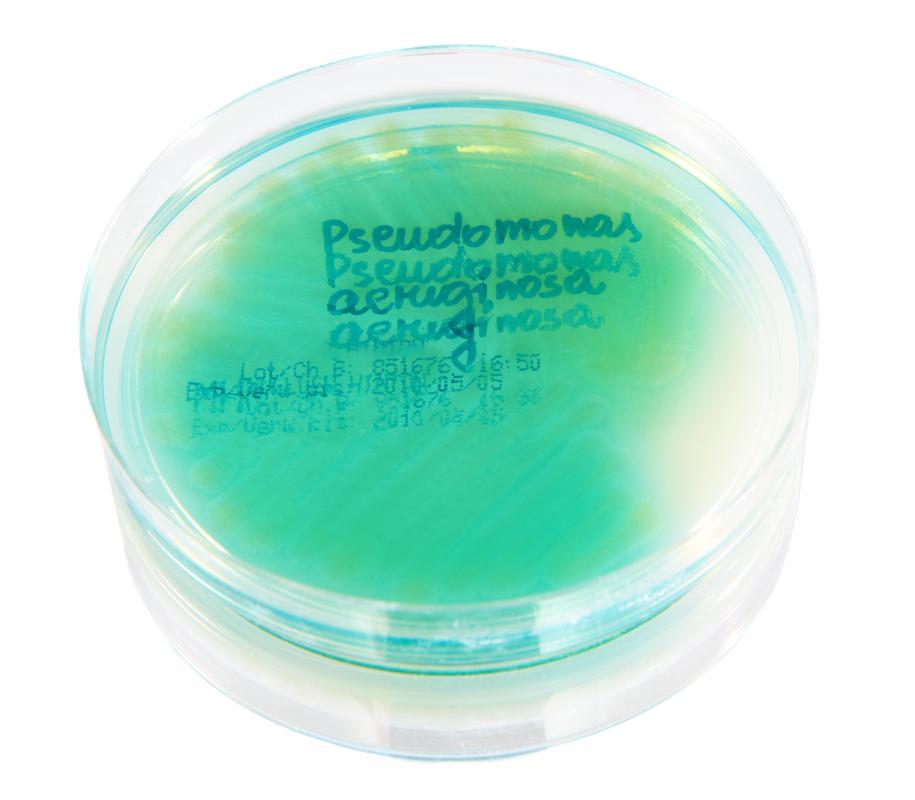At WiseGEEK, we're committed to delivering accurate, trustworthy information. Our expert-authored content is rigorously fact-checked and sourced from credible authorities. Discover how we uphold the highest standards in providing you with reliable knowledge.
What is Hot Tub Dermatitis?
Hot tub dermatitis is characterized by red, itchy bumps that often appear on the skin of people who have recently used a hot tub. This type of dermatitis can also occur if a person has been swimming in a pool, lake, or other body of water. The bumps are the result of a type of bacteria called Pseudomonas aeruginosa that is typically found in the soil and water. Hot tubs and heated pools are likely to contain this bacteria because of the warm water, which creates a suitable environment in which the bacteria can thrive. The dermatitis may also be more likely to develop if a person has been in a hot tub or pool that isn't regularly disinfected with chlorine.
For most people, hot tub dermatitis crops up on the areas of the body that are normally covered with a swimsuit. Some people also develop hot tub folliculitis, which is caused by the same germ as hot tub dermatitis. Hot tub folliculitis causes an infection inside a person's hair follicles. Both of these problems typically develop within two days of being inside a contaminated hot tub or pool. While the problem is normally uncomfortable while it lasts, it does not usually require any medication and tends to go away on its own after a couple of days.

There are a few things a person may be able to do to help reduce the itching caused by hot tub dermatitis while it is present on the body. Almost any over-the-counter anti-itching product will likely help to ease the symptoms. Compresses containing vinegar can additionally be applied to the irritated areas for several minutes at a time to relieve itching. There may also be some benefit to taking oral antihistamines at night to help stop itching that might interfere with sleep.

A person who frequently uses hot tubs and pools should do what he can to prevent hot tub dermatitis. One of the best methods of prevention is to always take a shower just after exiting a hot tub or pool. During the shower, soap should be used on the entire body to scrub away any bacteria that might be lingering on the skin. A person who maintains her own pool or hot tub should disinfect daily with chlorine when using it regularly to keep the bacteria from forming. Additionally, people who visit other people's pools or hot tubs should ask them how often they disinfect their water to have a good idea of how likely it is that the bacteria will be present.
AS FEATURED ON:
AS FEATURED ON:













Discuss this Article
Post your comments